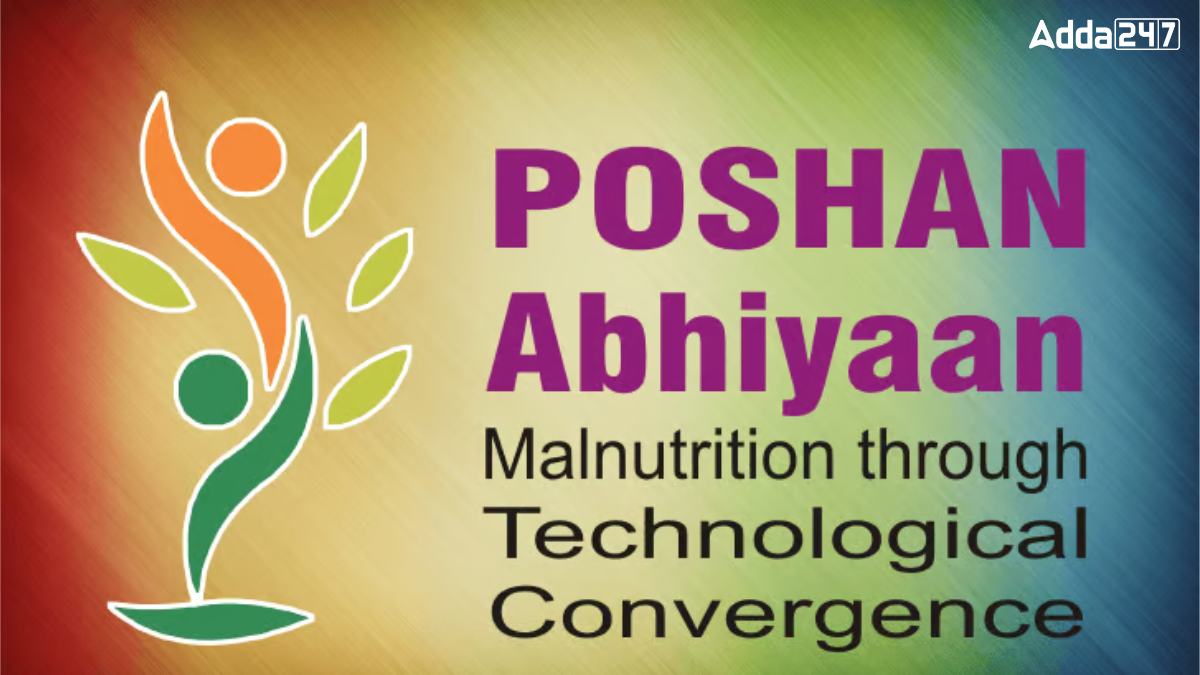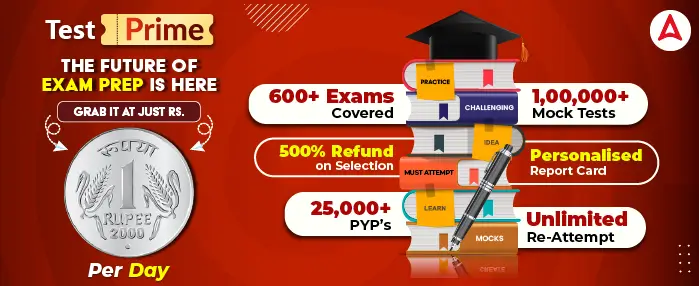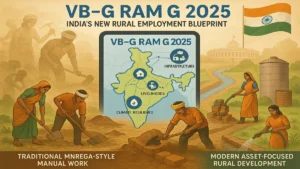Poshan Abhiyan started on March 8, 2018, in Jhunjhunu, Rajasthan. This plan is made to improve the nutrition of children (0-6 years), teenage girls, pregnant women and mothers who are feeding their babies. The aim is to help them eat better and stay healthy. This is done by using new technology, teamwork and involving the public. The 7th Poshan Pakhwada will be held from 8th April to 23rd 2025.
What is Poshan Abhiyan?
Poshan Abhiyan, also called the National Nutrition Mission, is a government plan to fight malnutrition. Instead of starting new programs, it joins many old ones and makes them work together. It brings all departments under one mission to help reduce health problems in children and women. These problems include weak growth, lack of nutrition, anaemia and low weight at birth.
Who Runs This Program?
The Ministry of Women and Child Development is leading this programme. In the beginning, it was started in 315 districts, then slowly reached all the districts in the country.
Main Features of Poshan Abhiyan
- Working Together: Different government departments work as a team.
- Using Mobile Apps: Anganwadi workers use apps to keep digital records.
- Checking Children’s Growth: Children’s height and weight are regularly checked.
- Giving Rewards: States and workers are rewarded for good work.
- Public Support: People are encouraged to help and spread awareness.
- Training Centers: Local workers get training to help better.
- Real-Time Tracking: Progress is tracked through mobile apps.
Goals of Poshan Abhiyan
The main goal of Poshan Abhiyan is to make children and women healthier by reducing malnutrition, anaemia and low birth weight.
| Goal | Who It Helps |
| Reduce stunting | Children (0-6 years) |
| Reduce undernutrition | Children (0-6 years) |
| Low anaemia | Children, women and teenage girls |
| Decrease low birth weight | Newborn babies |
4 Pillars of Poshan Abhiyan
- Better Services: Through health and child care schemes like ICDS and NHM.
- Teamwork Across Areas: Like clean water, toilets and hygiene.
- Using technology: Like the Poshan Tracker mobile app.
- People’s participation: Through a mass movement called Jan Andolan.
Main Focus Areas of Poshan Abhiyan
- First 1,000 Day of Life: From pregnancy to the child’s 2nd birthday is most important for health and growth.
- Providing All Services Together: Food, health care, education and cleanliness.
- Involving Everyone: Families, schools and communities all play a part.
- Working Together: Different departments and states join hands to help.
Technology Used in Poshan Abhiyan
The main tool is the ICDS-CAS App. Anganwadi workers use it to:
- Record health data
- Check children’s growth
- Send updates to the government
- Help children and mothers better
Mission Saksham Anganwadi & Poshan 2.0
This is another plan under the same mission to improve Anganwadi Centres. It aims to provide:
- Clean toilets
- Safe drinking water
- Good buildings
- Healthy food and support
What is Poshan Pakhwada 2025?
The 7th Poshan Pakhwada will happen from April 8 to April 23, 2025. It will focus on:
- Nutrition for mothers and babies
- Using digital apps to help people
- Flighting Childhood obesity
Main Activities in 7th Poshan Pakhwada
- Checkups for pregnant women
- Teaching good eating habits
- Drinking enough water – at least 8 glasses daily
- Using the poshan tracker app
- Taking a pledge to eat healthy and stay fit
Why the First 1,000 Days are very Important?
These early days shape a child’s full life. During this time:
- Nutrition helps in body and brain development.
- Breastfeeding and healthy food are very important.
- Special care and local food are promoted in tribal areas.
Poshan Tracker – Smart Nutrition Tool
The Poshan Tracker App was launched on March 1, 2021. It helps:
- Keep records
- Track meals and growth
- Register children and mothers
- Provide early education materials
Now, all Anganwadi Centres are registered, and people can also register themselves.
Managing Malnutrition with CMAM
Started in October 2023, the CMAM protocol helps Anganwadi Workers:
- Find weak or malnourished children
- Send them for treatment
- Do appetite checks
The goal is to make every Anganwadi a Nutrition Care Centre.
Childhood Obesity
While some children are underweight, others are becoming overweight.
Stats:
- 2015-16: 2.1% of kids under 5 were overweight.
- 2019-21: 3.4% of kids under 5 were overweight.
Steps for Schools:
- No junk food near schools
- Give fruits and healthy snacks
- Encourage exercise and play
- Promote juices, lassi and buttermilk



 What Is VB–G RAM G 2025? The Government’...
What Is VB–G RAM G 2025? The Government’...
 Top-7 Oldest Palaces in India, Check the...
Top-7 Oldest Palaces in India, Check the...
 Which Forest is Known as the Monsoon For...
Which Forest is Known as the Monsoon For...







